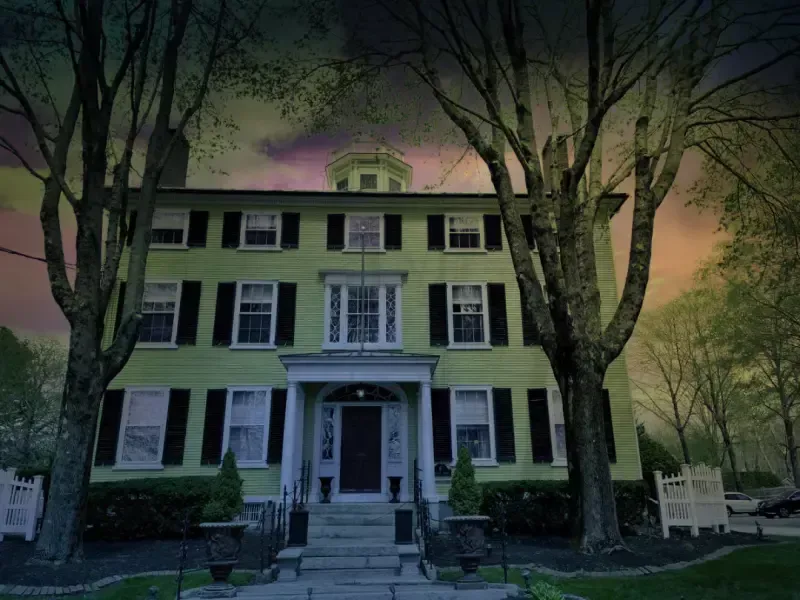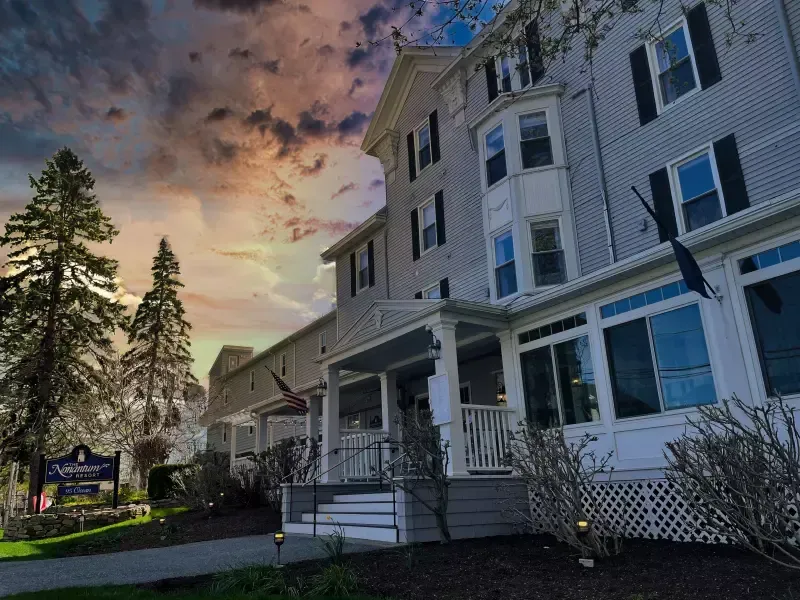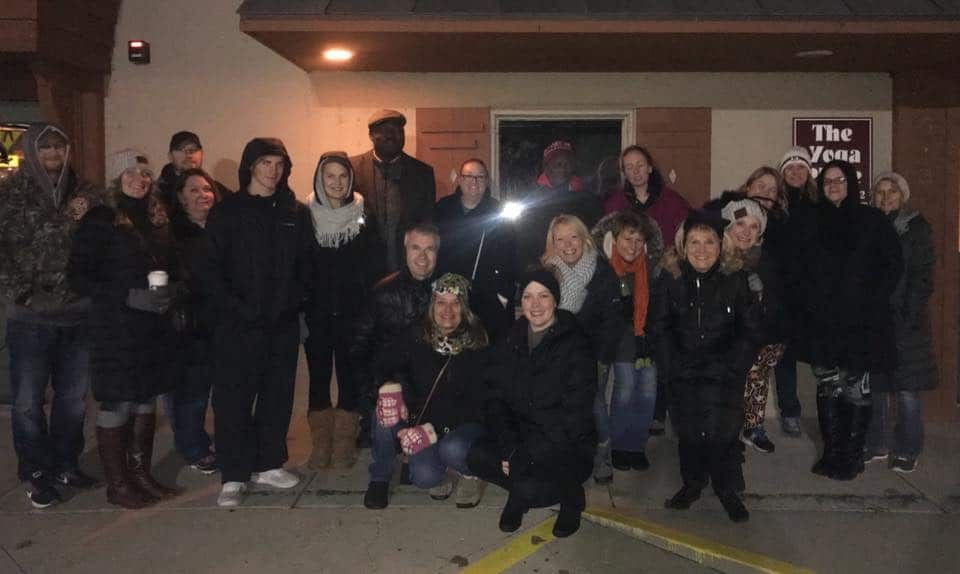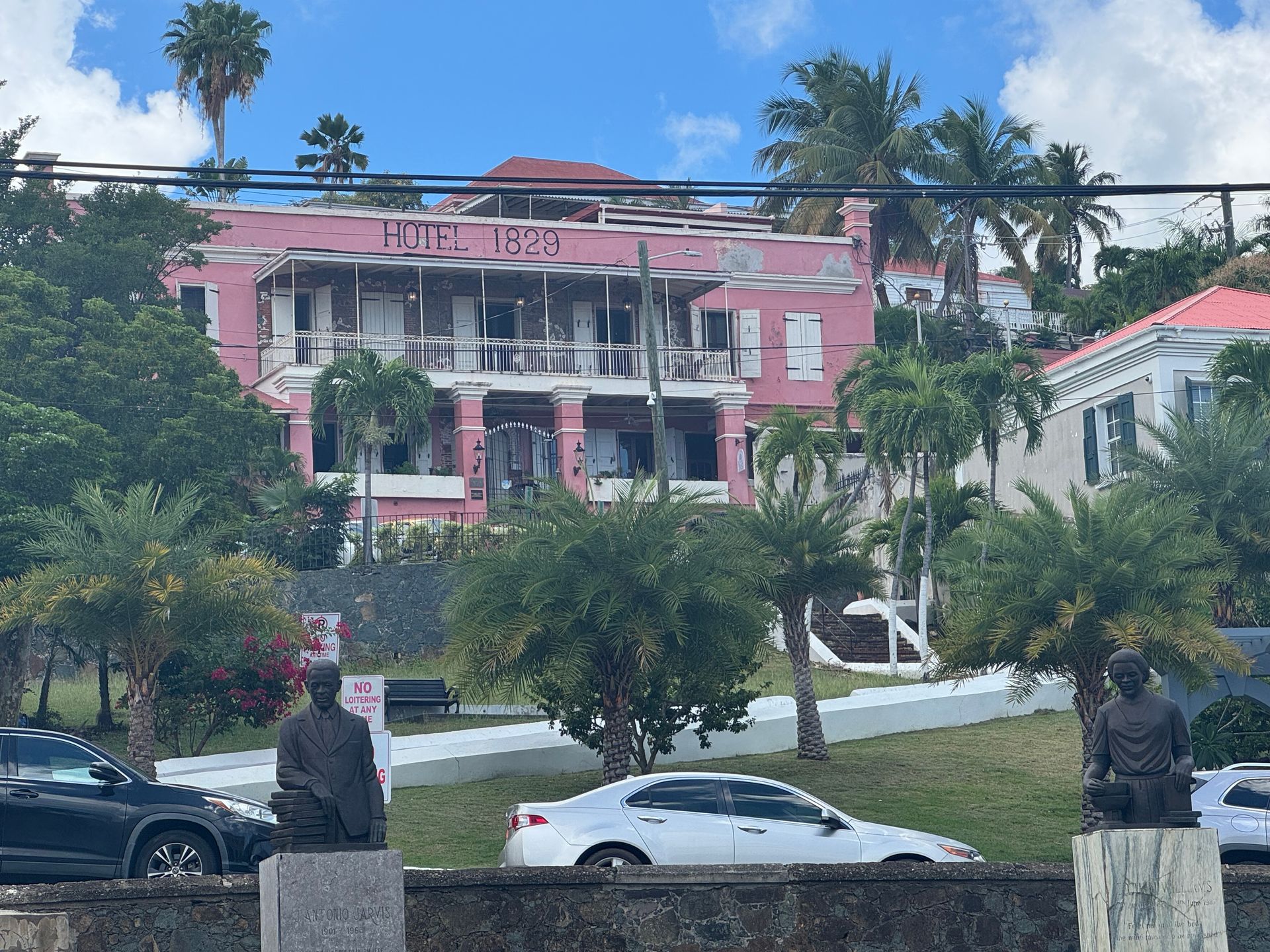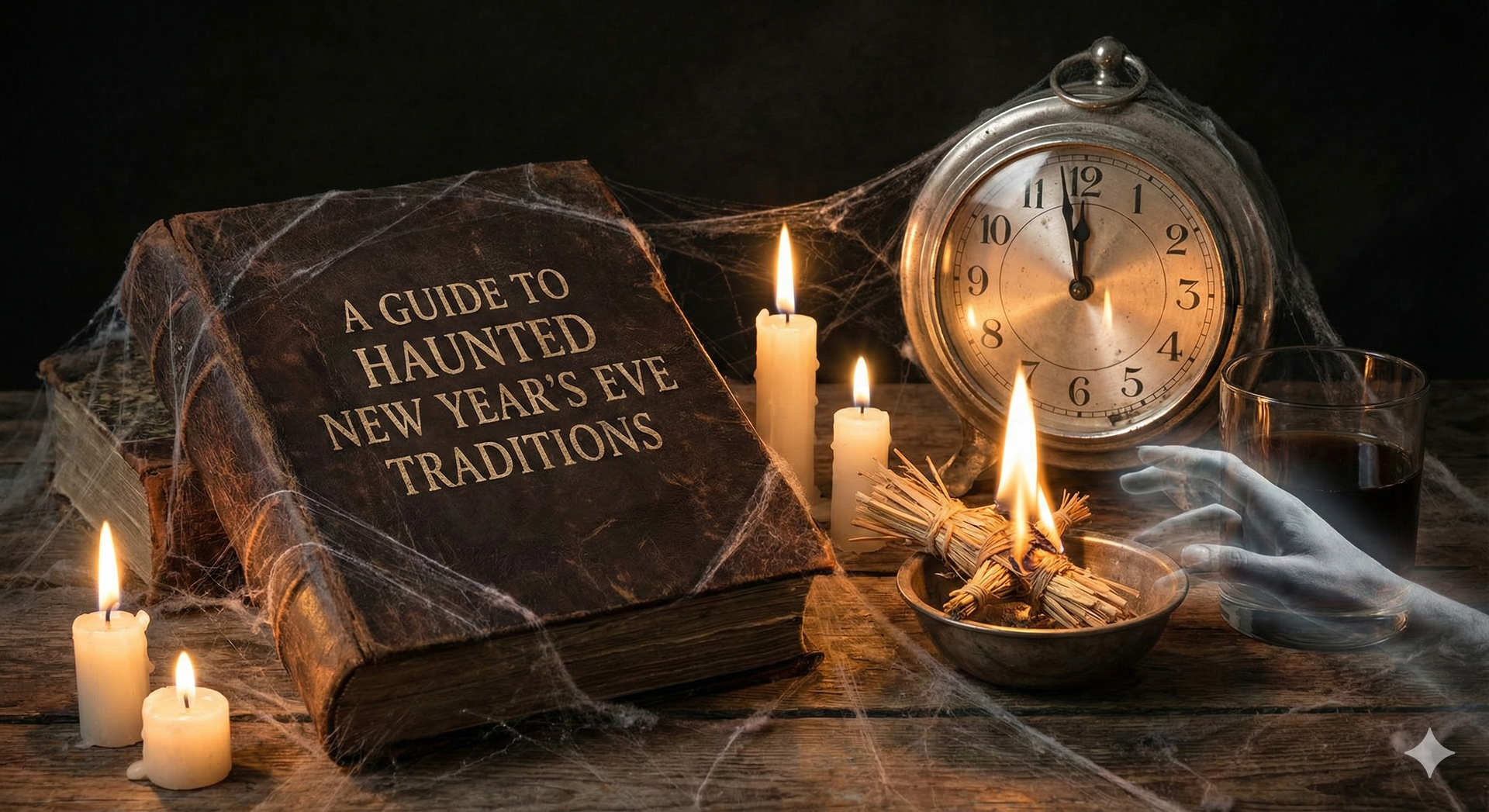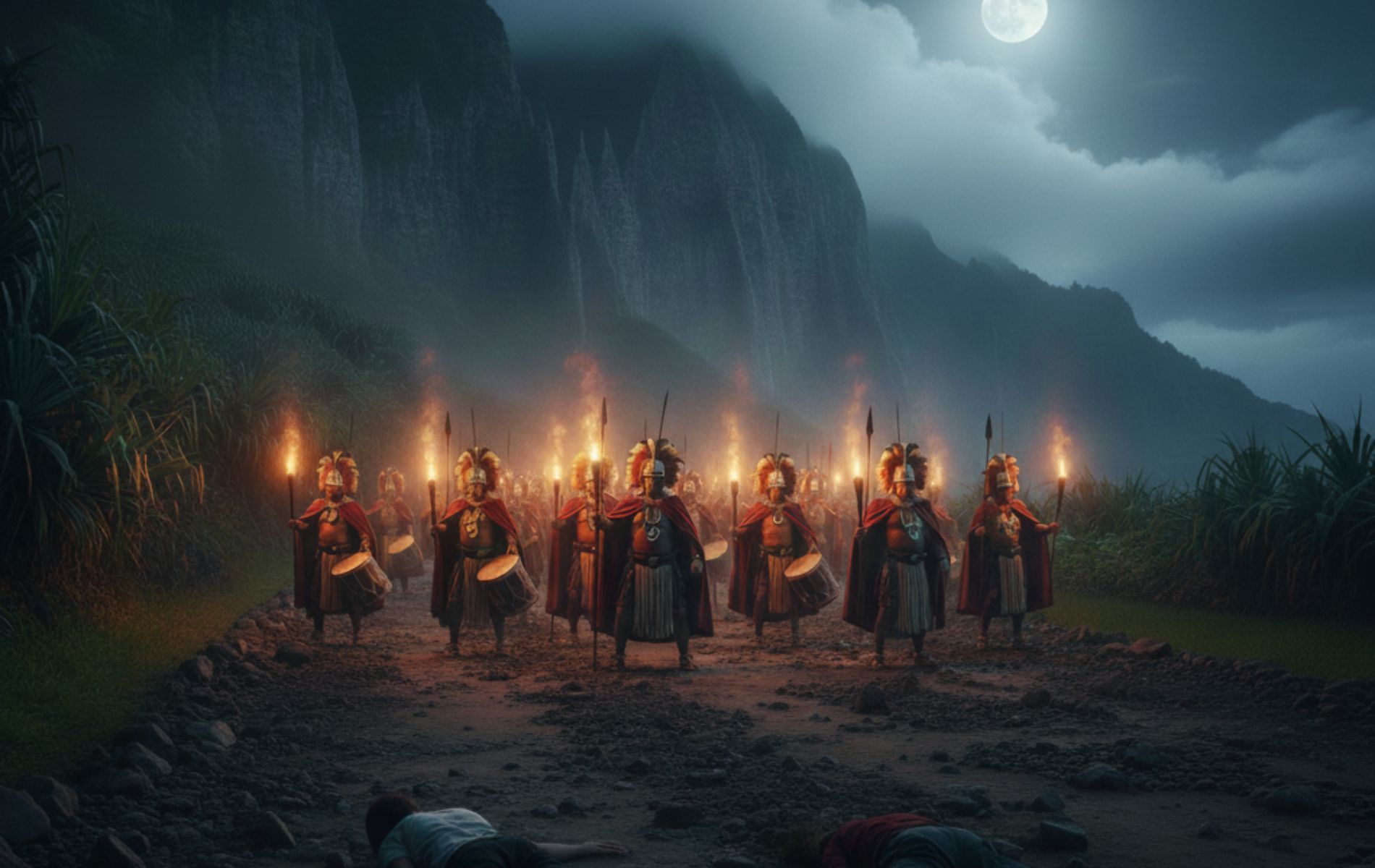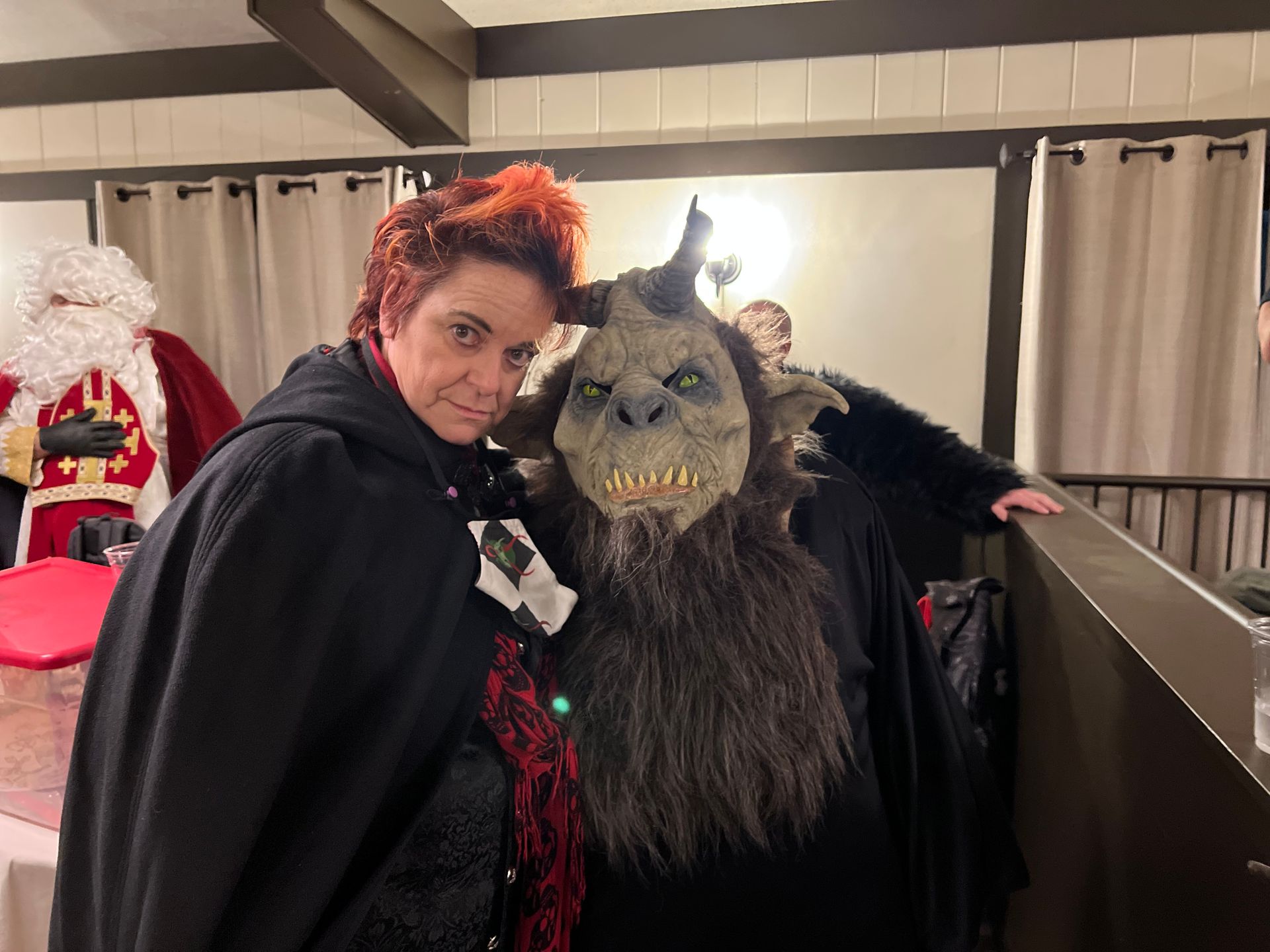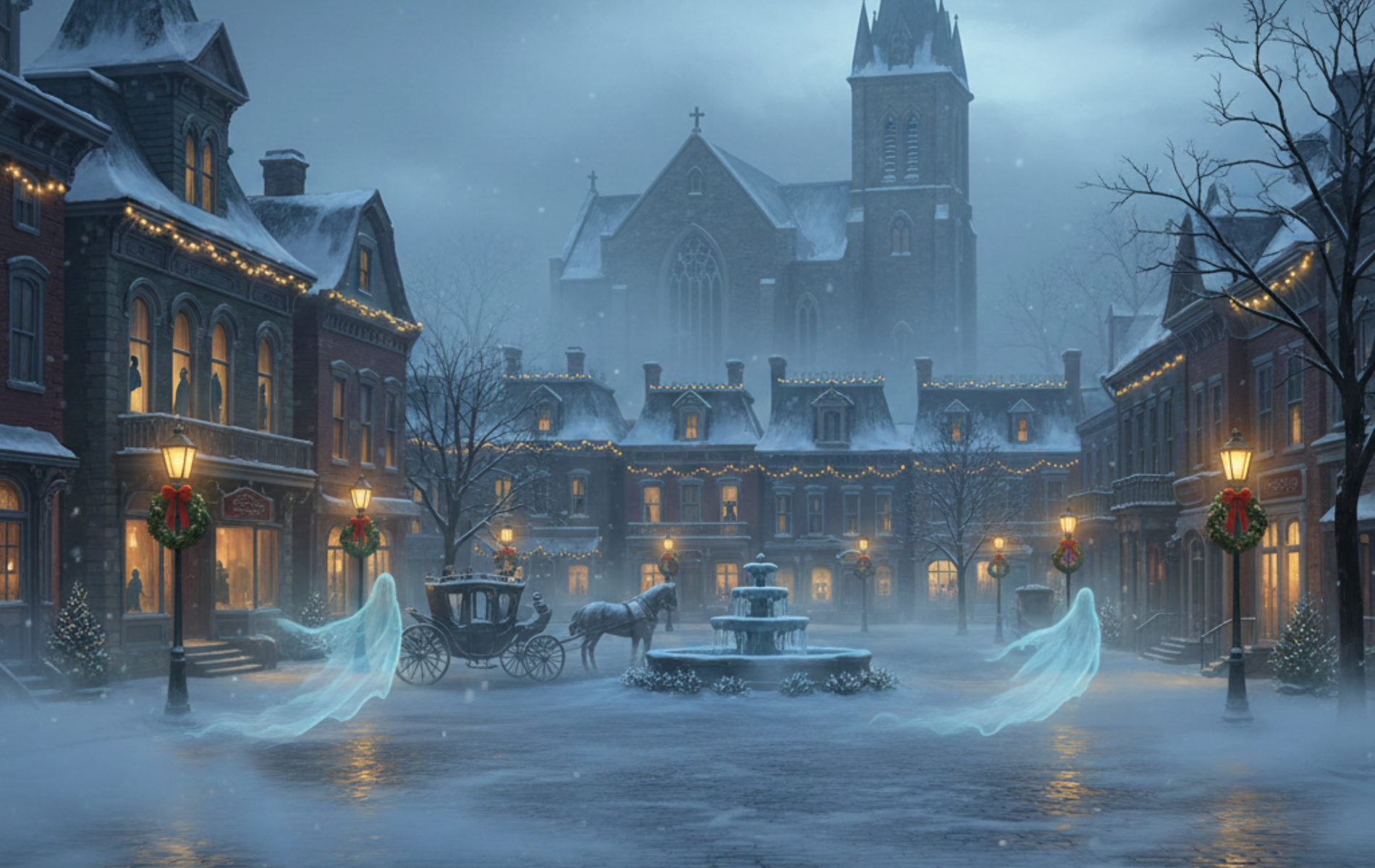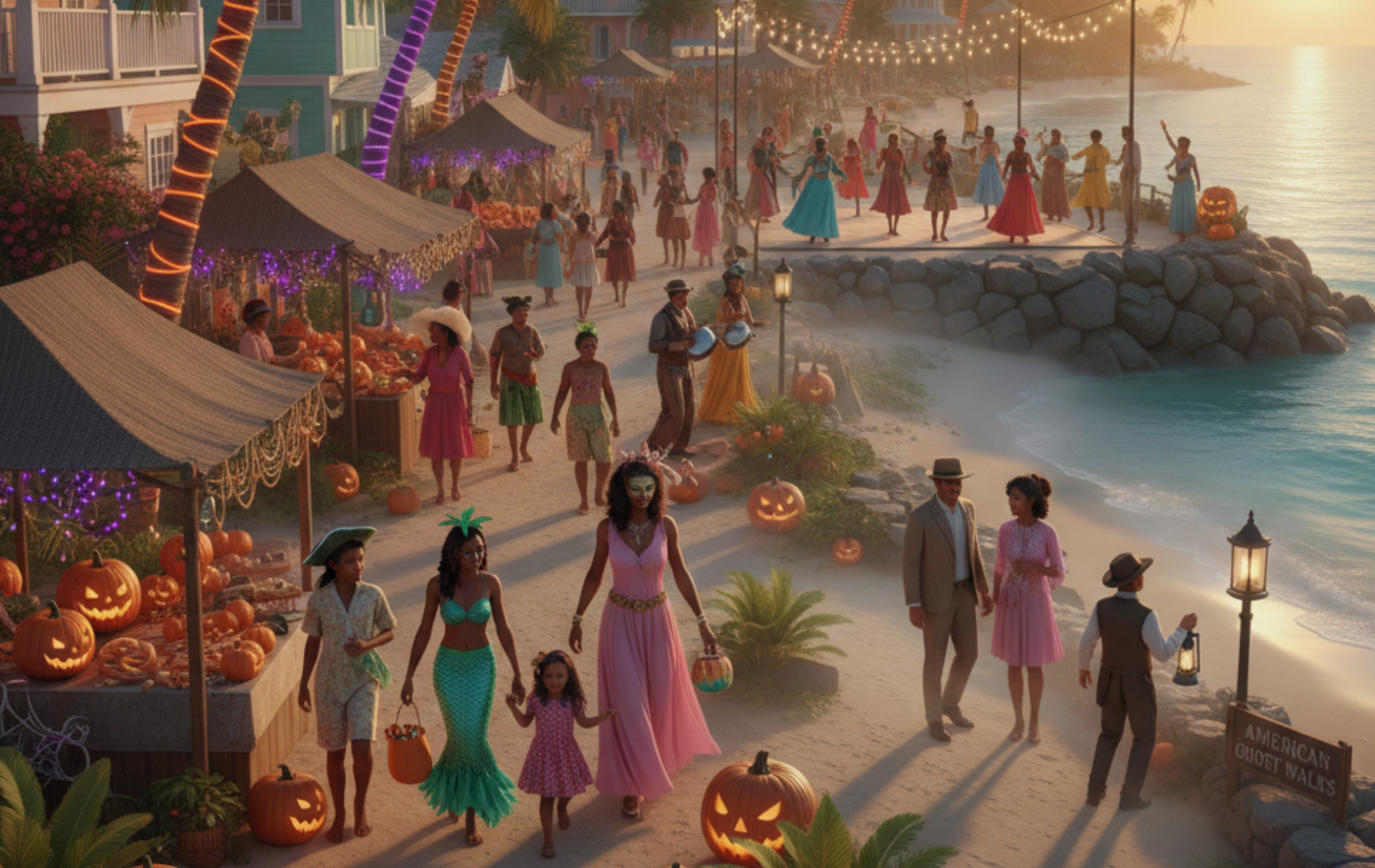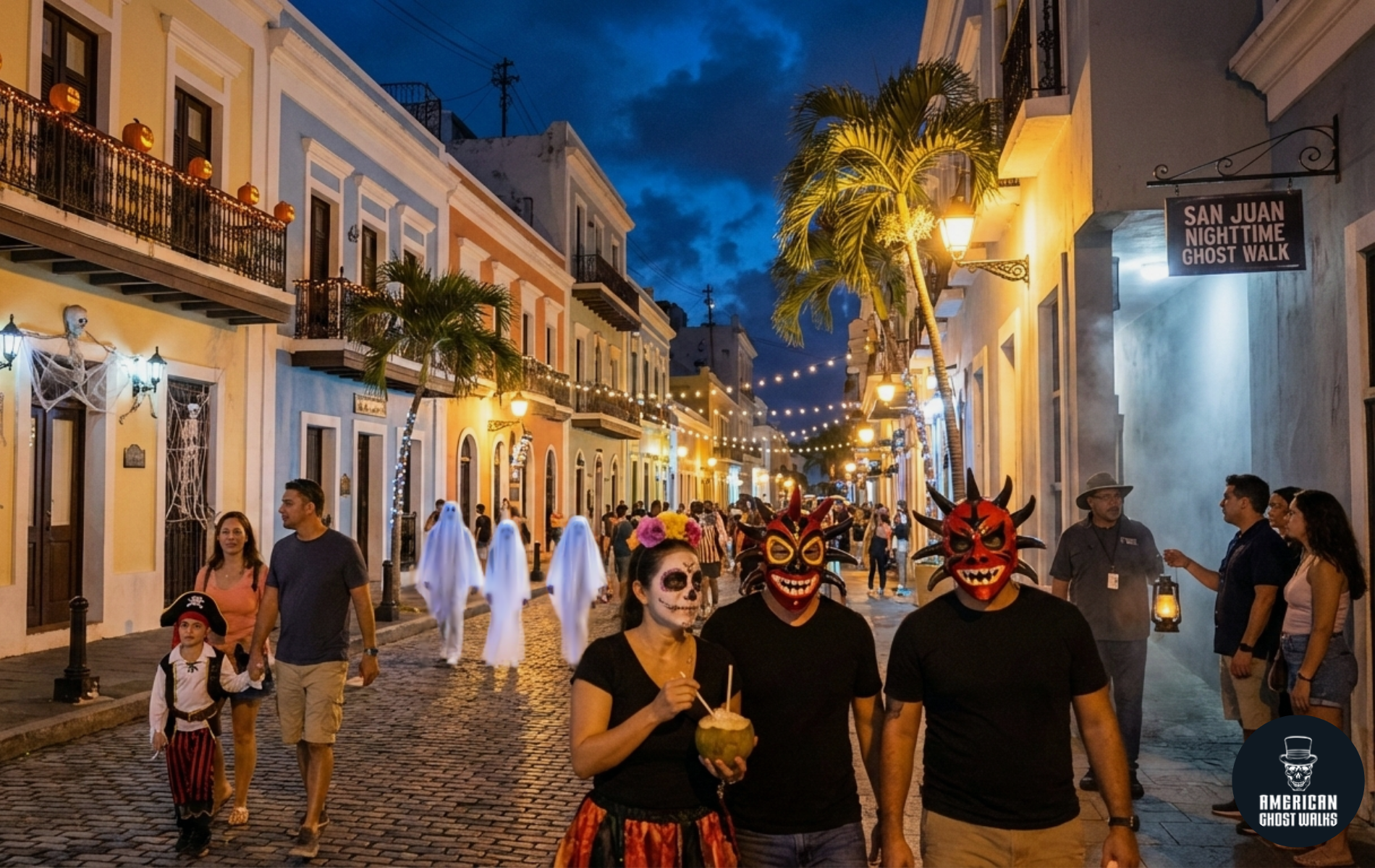The 5 Most Haunted Places to Stay in Kennebunkport
The coastal Maine town of Kennebunkport is the setting for American Ghost Walks’ latest tour, the Kennebunkport Ghost Walk. The tour takes in many of Kennebunkport’s most intriguing sites of interest, and sheds light on the paranormal activities and unexplained mysteries that have shrouded the town over the years.
There are a great number of landmarks and sites of interest said to be haunted in Kennebunkport, and in our blog today we’re shining a light on a few favorites. Expect ghost stories of ex-residents in mourning for loved ones lost at sea, otherworldly antics at Kennebunkport’s oldest hotel, and chilling tales from this historic town’s dim and distant past.
Kennebunk Inn
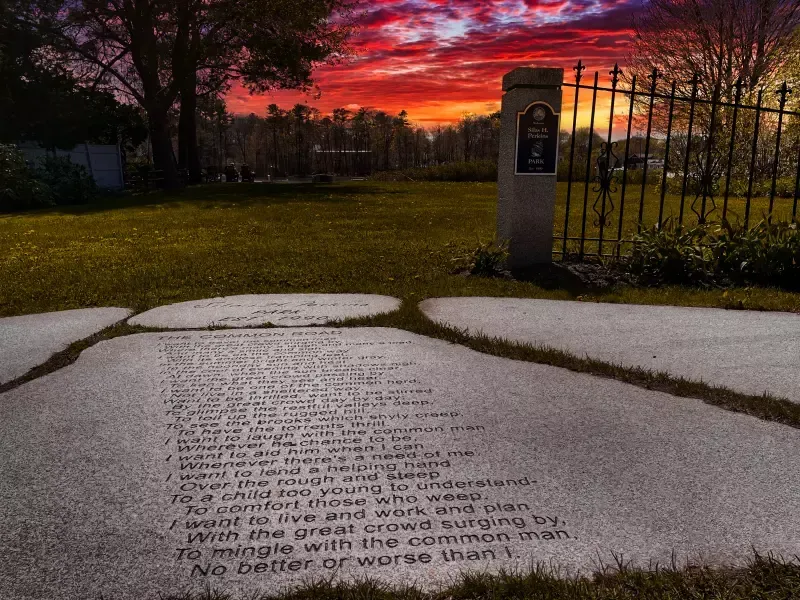
Steeped in local history, the Kennebunk Inn has existed in various guises since 1799. Local couple Angela and Arthur LeBlanc bought the property and began renovation work in 1978, and it was then that the paranormal activity began.
The haunting first came to the owner's attention when the Inn's waitress, Penny, came up from the cellars and announced to colleagues the hotel was haunted by a ghost by the name of *Cyrus*. In the years that followed, supernatural activity would regularly take the staff by surprise. Boxes in the cellar would tumble over with nobody nearby, mugs hanging safely behind the bar would fall and strike the bartender, locked hotel room doors would swing open over and over throughout the night, and glasses sitting on trays would suddenly fly through the air and smash against the wall.
When the story of these unexplained paranormal activities made the local paper, a lady named Priscilla Perkins-Kenney read it with alarm, recognizing the ghost as her deceased father – ex-hotel nightwatchman Silas Perkins. Silas died of a heart attack in one of the hotel bedrooms back in 1952 at the age of 72, and it's widely believed that the ghost responsible for the supernatural activity in the Kennebunk Inn is not in fact 'Cyrus', but Silas himself.
Captain Lord Mansion
This historic home was built for Captain Nathaniel Lord and his wife Phoebe and is today a welcoming bed and breakfast – albeit one surrounded by mystery. Captain Lord was captured and imprisoned by the British during the War of 1812, and although he survived to return to Phoebe, he eventually fell ill and passed away on February 24th, 1815. She went on to raise her nine children single-handedly in the home she once shared with her husband, and her spirit is said to haunt the rooms she lived in for the 49 years following his death.
The Captain Fairfield Inn
This home was originally owned by Captain James Fairfield, who married Lois Walker – Phoebe’s sister. Fairfield and his brother-in-law, Nathaniel Lord, had bought 6 acres of land and built their homes close together, so their wives would have each other’s company while they were at sea.
Both Fairfield and Lord were captured and imprisoned by the British during the War of 1812, and sent to Dartmoor Prison in England – where conditions were notoriously poor. The brothers-in-law survived and made it home, though supernatural sightings of their spirits at Captain Fairfield Inn have been reported since 1991 when the home underwent heavy renovation.
Waldo Emerson Inn
The oldest house in Kennebunk, the Waldo Emerson Inn was originally built by Waldo Emerson in 1753. The house was passed down through the generations, with renovations, expansions, and improvements paid for by owners' shipbuilding successes on the nearby Kennebunk River. Today, the property boasts two welcoming parlors, hand-painted Wedgewood tiles around the parlor fireplace, and exposed 17th-century beams – all the hallmarks of a property well-loved over many years. And apparently residing in the closet under the stairs, is the Waldo Emerson Inn’s restless ghost.
When the Inn closes for the winter each year, owners report the latch on the closet door rattling open and heavy footsteps on the stairs up to the bedrooms. The footsteps stop by the landing, before descending back down the stairs. One owner brought the subject up with previous owners, to be told they experienced the same thing for years.
Delving deeper, he discovered the house had a reputation for being haunted dating back to the 1920s, when former residents were so perturbed by the extensive paranormal activity that they organized an exorcism. Seven priests delivered the exorcism over seven days and nights, and it was largely successful. Most of the supernatural occurrences fell silent, leaving only the ghostly footsteps on the stairs, heralding the start of winter.
Nonantum Resort
The oldest existing hotel in Kennebunkport, Nonantum Resort had 28 rooms when it first opened in 1884, and today boasts over 100. Built for Captain Henry Heckman, the property has been the site of a great many inexplicable events down the decades. Guests and employees alike have felt the chilling sensation of being watched – particularly during the off-season, when few staff remain. Doors slam, lights switch on by themselves, and voices whisper from unoccupied rooms. During the season, hotel workers at the front desk have even observed the heavy entranceway doors swinging open and closed as if admitting unseen guests.
Experience the Hauntings for Yourself
Experience the haunted side of coastal Maine with the Kennebunkport Ghost Walk Tour. This spooky tour takes you to the town's most mysterious spots, sharing eerie tales of lost sailors, restless spirits, and paranormal activity. From the haunted Kennebunk Inn to the historic Captain Lord Mansion, each stop reveals Kennebunkport’s chilling past.
You can also find us on Google to check out reviews and learn more about the
Kennebunkport Ghost Walk Tour.

